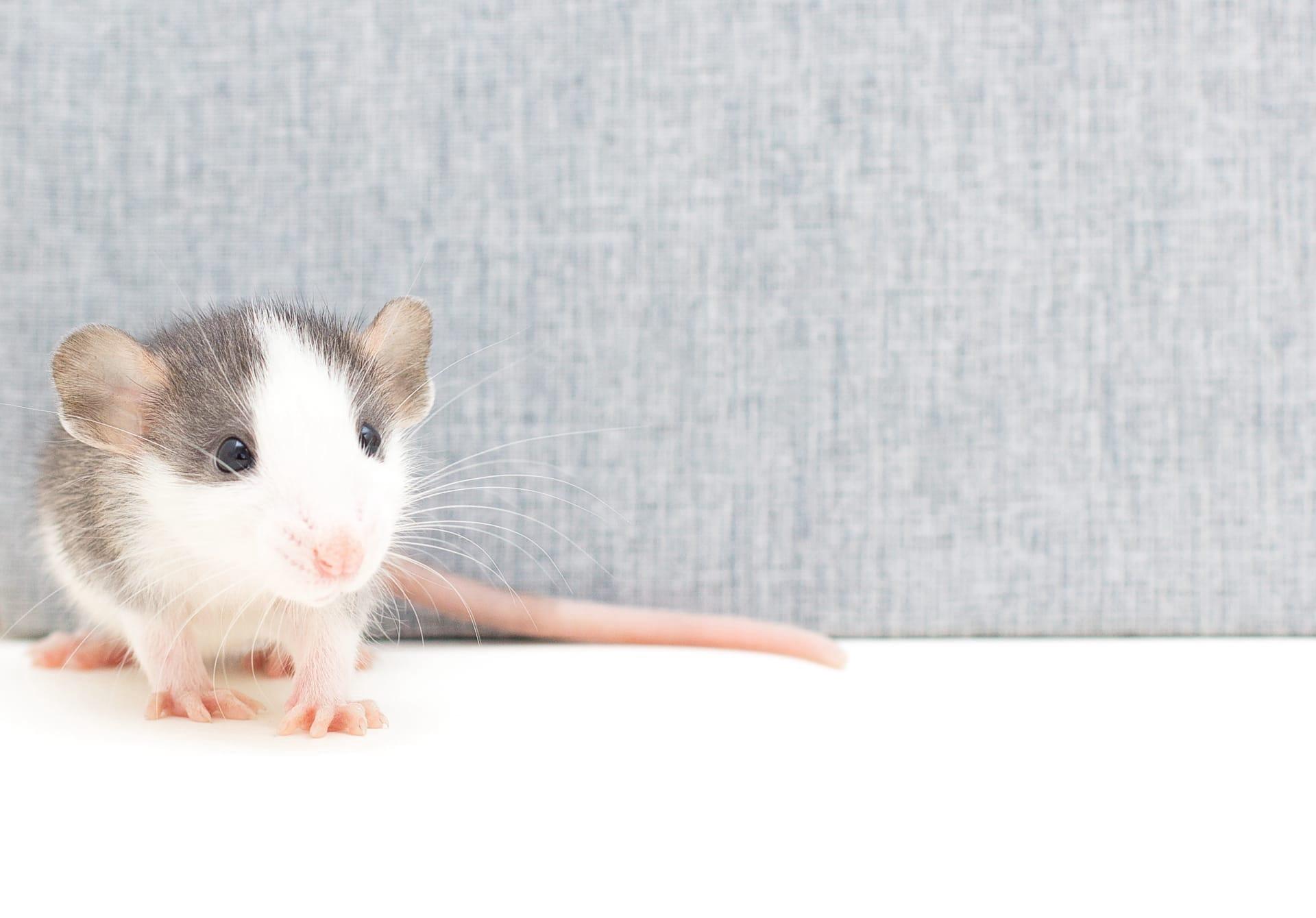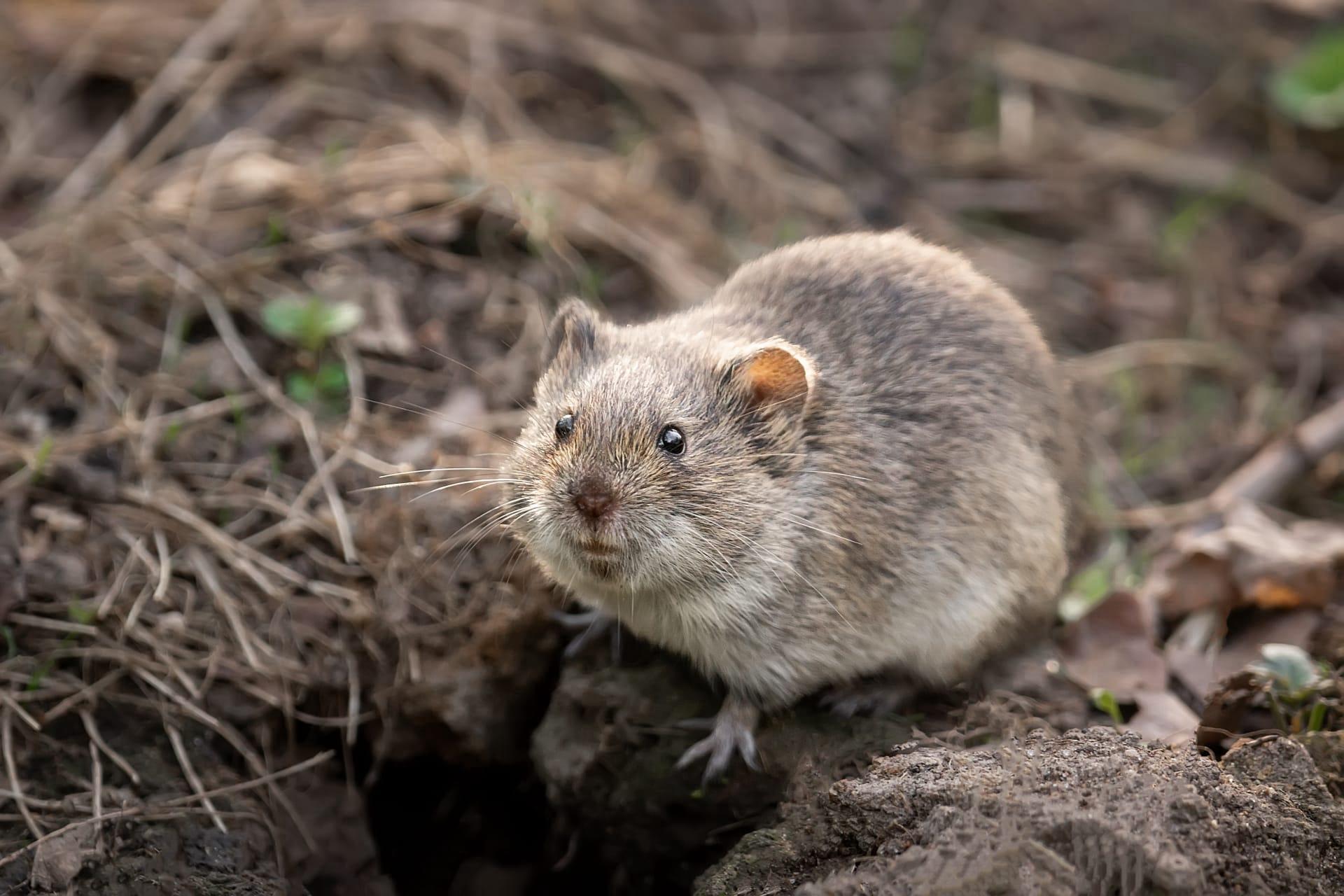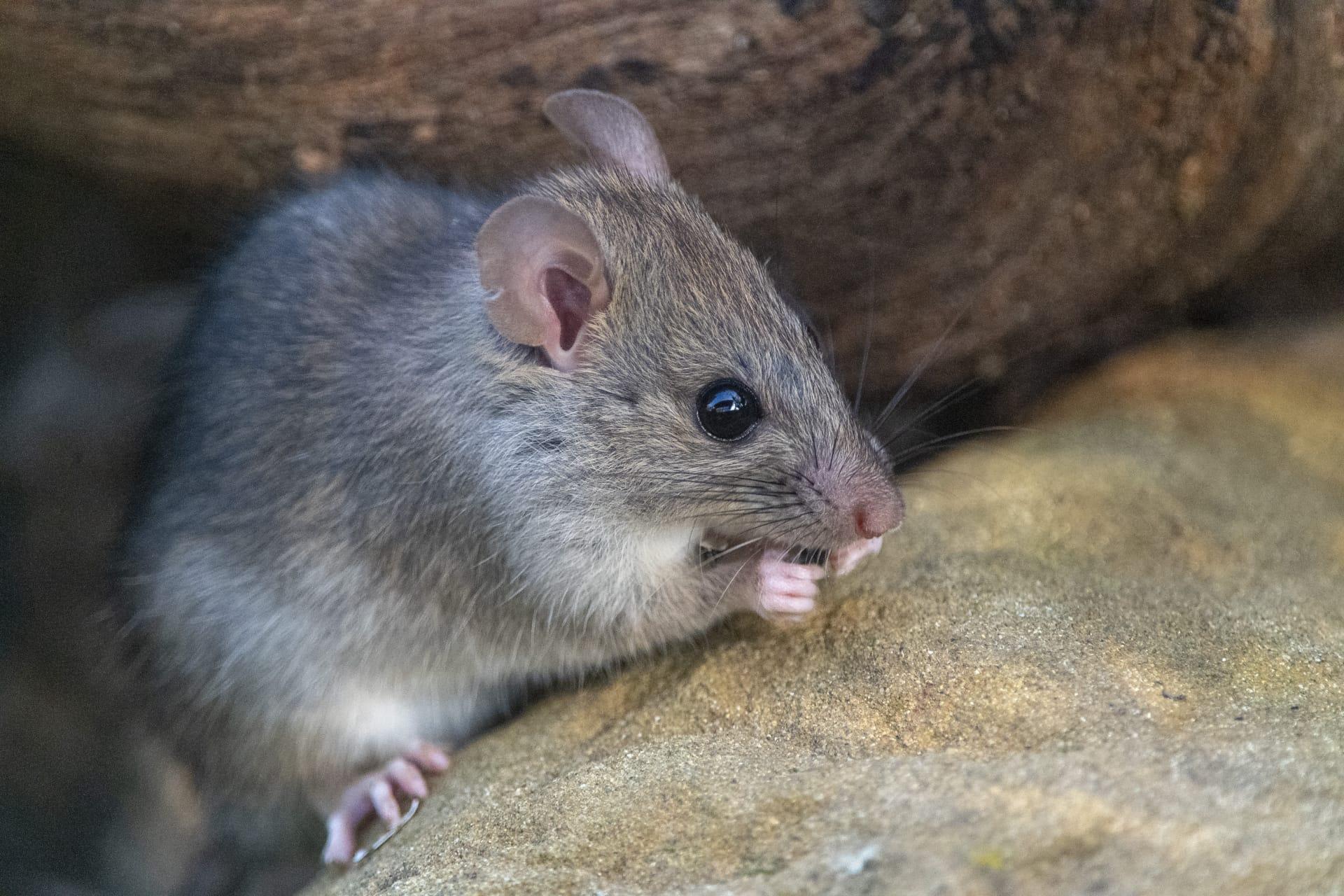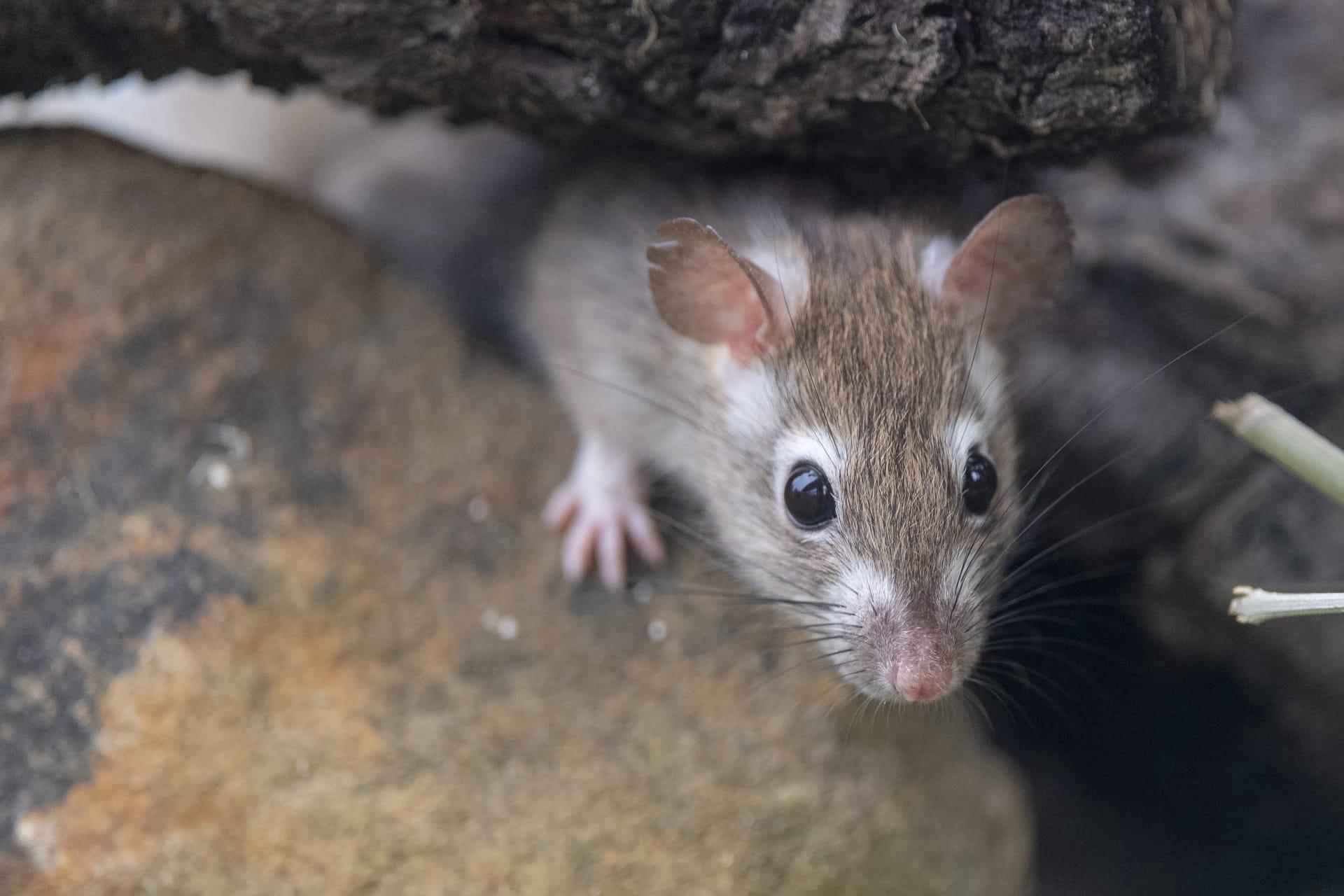Mouse Characteristics
- Home /
- Mini Encyclopedia /
- Animal /
- Mouse Characteristics
1
Mice, tiny and scurrying, are more than just common household visitors. A typical mouse measures about 3.5 to 3.9 inches in length, not including its tail, which can add another 3 to 4 inches. They're lightweight, tipping the scales at about 0.5 to 1 ounce. These little creatures have a short lifespan, often only surviving for about a year in the wild due to predators and environmental challenges. However, in controlled environments like labs, they can live up to 2 or 3 years.
Among their most fascinating features is their exceptional sense of hearing. Mice ears are large relative to their size, and they can hear sounds in the ultrasonic range, well beyond human capability. This heightened hearing allows them to detect and evade predators quickly. Additionally, their ears play a crucial role in social communication, as mice often use high-pitched sounds to interact with each other, especially during mating or when expressing emotions.

2
Question: Why do mice gnaw on things so frequently?
Answer: Mice are infamous for their gnawing habit, and there's a scientific reason behind it. Their front incisors never stop growing throughout their lifetime. To keep these teeth from getting too long, which can be detrimental to their health, mice gnaw on a variety of objects. This constant gnawing is not just a destructive nuisance; it's a necessary part of their survival. It helps keep their teeth sharp and at a manageable length, allowing them to feed effectively and maintain overall dental health.

3
When it comes to movement, mice are incredibly agile. They are excellent climbers, swimmers, and jumpers, making them adept at evading predators and exploring their environment. Mice can jump up to 18 inches in the air and climb almost any rough vertical surface. They are also capable of running at speeds up to 8 miles per hour, which is quite impressive for such small creatures.
In terms of feeding, mice are primarily nocturnal and are opportunistic omnivores. Their diet mainly consists of grains and seeds, but they won't shy away from fruits, vegetables, or even meat if it's available. Their ability to consume a wide range of food sources plays a significant role in their adaptability to different environments.

4
Mice are highly adaptable creatures, thriving in a variety of environments. From fields and forests to urban areas and even homes, these rodents have shown a remarkable ability to survive and thrive. Their preference for warm, hidden places leads them to often seek shelter in human dwellings, especially during colder months.
Reproduction is another area where mice excel. They are prolific breeders, with females capable of giving birth to a litter of 5 to 6 pups after a gestation period of about 20 days. Mice can reproduce throughout the year, with a female capable of having 5 to 10 litters annually. This rapid reproductive rate is one of the reasons why mouse populations can increase so quickly under favorable conditions.

5
Book: "The Secret Life of Mice" by Helen Ward, published in the United States in 2012. This book offers a unique glimpse into the world of mice, exploring their daily activities, survival strategies, and the challenges they face. Ward's engaging narrative is complemented by vivid illustrations, making it an enjoyable read for both children and adults interested in learning more about these ubiquitous creatures.
Book: "Mice: Their Biology and Behavior" by Julian Vincent, published in the United Kingdom in 1990. This comprehensive guide delves into the scientific aspects of mouse biology and behavior. Vincent's work is a valuable resource for students and researchers, providing detailed insights into the physiological and psychological aspects of mice, from their sensory capabilities to social dynamics.